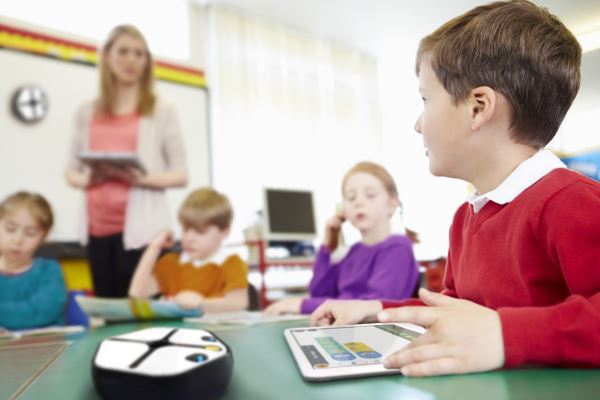iRobot, a company best known for its robo home cleaners and robotic lawn mowers, is expanding its educational robot product offerings.
The company has announced its acquisition of Root Robotics, which uses technology to teach coding skills to children, starting as young as four years old.
In a statement, iRobot said the acquisition supports the company’s plans to diversify and further demonstrates its commitment “to make robotic technology more accessible to educators, students and parents.”
As a major sponsor of National Robotics Week, iRobot, has been a big supporter of STEM education.
To advance and promote STEM education iRobot developed iRobot Create and Create 2, but those robots are not really aimed at beginners. Hence, the company’s interest in Root Robotics to fill the gap.
Harvard’s Wyss Institute introduced Root in 2016. It is a robot designed as a practical tool for teaching kids how to code.
Root had been three years in the making and was spun out commercially in 2017 after a massive US$400,000 Kickstarter campaign.
Root is packed full of sensors and interactive elements, which makes it both fun and interesting to use.
But from the beginning, the main focus of Root is education. It is not a toy robot that also teaches, but rather an educational tool for teaching coding skills that also happens to be a robot.
Robots are usually fun to play with, which is part of Root’s appeal. But Root’s key role is to help kids learn to code, using a bot that moves around and interacts with the world.
Root was designed to be educational for children as young as four, in some cases teaching very basic coding concepts even before children know how to read.
Kids can program Root by simply dragging and dropping symbols with pictures on them into the app interface.
You can only do very simple things this way, but once you’re ready for more, it’s an easy transition to a more computational interface, where the visual symbols expand to include things like logical operations, sensor values, and adjustable variables. The final step is to switch over to full text coding in Swift, Python, or JavaScript, but being able to toggle back to the more visual interface makes the transition easy.
Root and Create are for fundamentally different audiences.
Create is focused more on late high school students and for use in university projects.
At this stage, there’s no easy way to transition from working with Root to working with Create, but that may change in the future.


